How to capture Google Ads data in Intercom
Learn how to capture Google Ads data with every new Intercom chat, so you can quickly spot which campaigns are bringing in the most leads and customers.
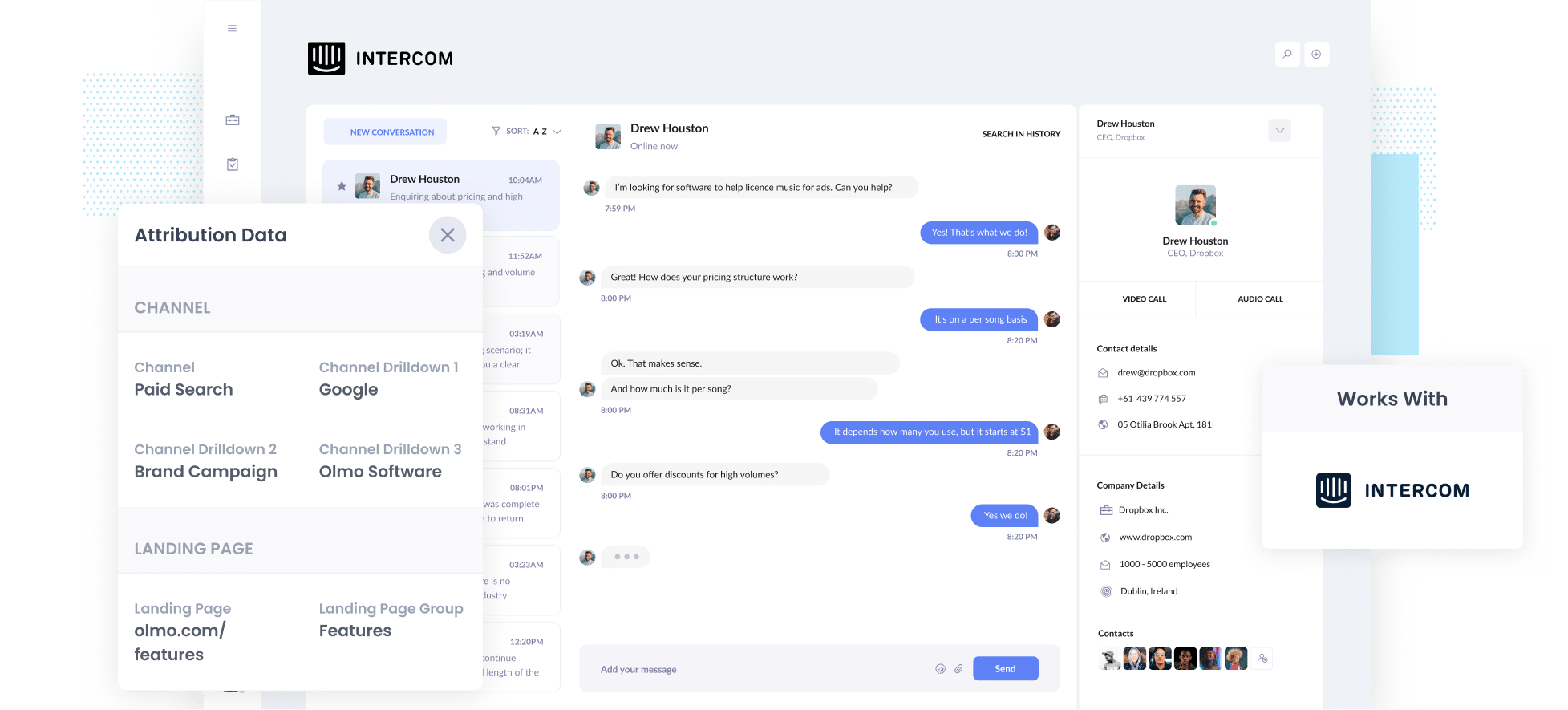
Having a hard time figuring out which of your marketing campaigns are actually turning into leads and customers?
Tools like Google Analytics make it easy to see how many people are visiting your site and where they're coming from, but they can't tell you which campaigns are bringing in real leads and customers. And without knowing that, it’s tough to know which campaigns to continue to invest in and which ones to pause.
The good news is, there’s an easy fix.
In this article, we’ll walk you through how to use a tool called Attributer to capture Google Ads data with every new Intercom chat. We’ll also share example reports you can run that will show which campaigns and ads are generating the most leads and customers.
4 simple steps to capture Google Ads data in Intercom
Capturing Google Ads data in Intercom is straightforward with Attributer. Just follow these four simple steps:
1. Add UTM parameters to your ads
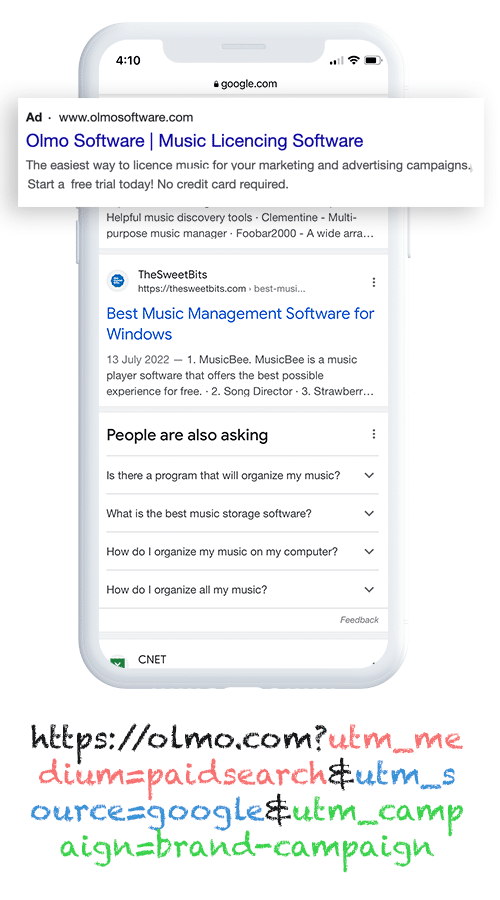
The first thing you need to do is add UTM parameters to your ads.
UTM parameters are small snippets of text you append to the end of your URLs to track where your leads originate. They give you detailed insight into which campaigns, ads, or keywords are driving traffic and conversions.
For example, if your original link is attributer.io/integrations/intercom, adding UTM parameters might turn it into something like this:
https://attributer.io/integrations/intercom?utm_medium=paidsearch&utm_source=google&utm_campaign=brand-campaign
What information you put in your UTM parameters is up to you, but this is the format we recommend for Google Ads:
- UTM Medium = paidsearch
- UTM Source = google
- UTM Campaign = The name of your Google Ads campaign
- UTM Term = The name of the ad group the ad belongs to
- UTM Content = The specific ad
2. Install Attributer on your site
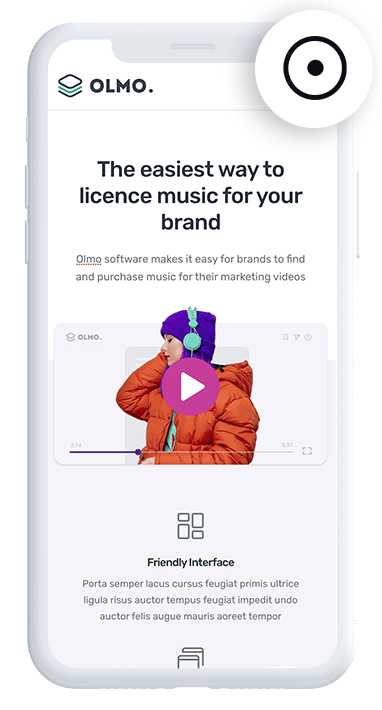
After signing up for your 14-day free trial of Attributer, you’ll get a small snippet of code to add to your website.
How you add it will depend on your website platform. In most cases, you can simply paste it in through your site’s Settings or Dashboard.
If you prefer, you can also use a tag manager like Google Tag Manager to install it.
No matter which method you choose, the setup only takes a few minutes. We’ve also put together step-by-step guides for all the major website builders, which you can find here.
3. Attributer passes through Google Ads data with each chat
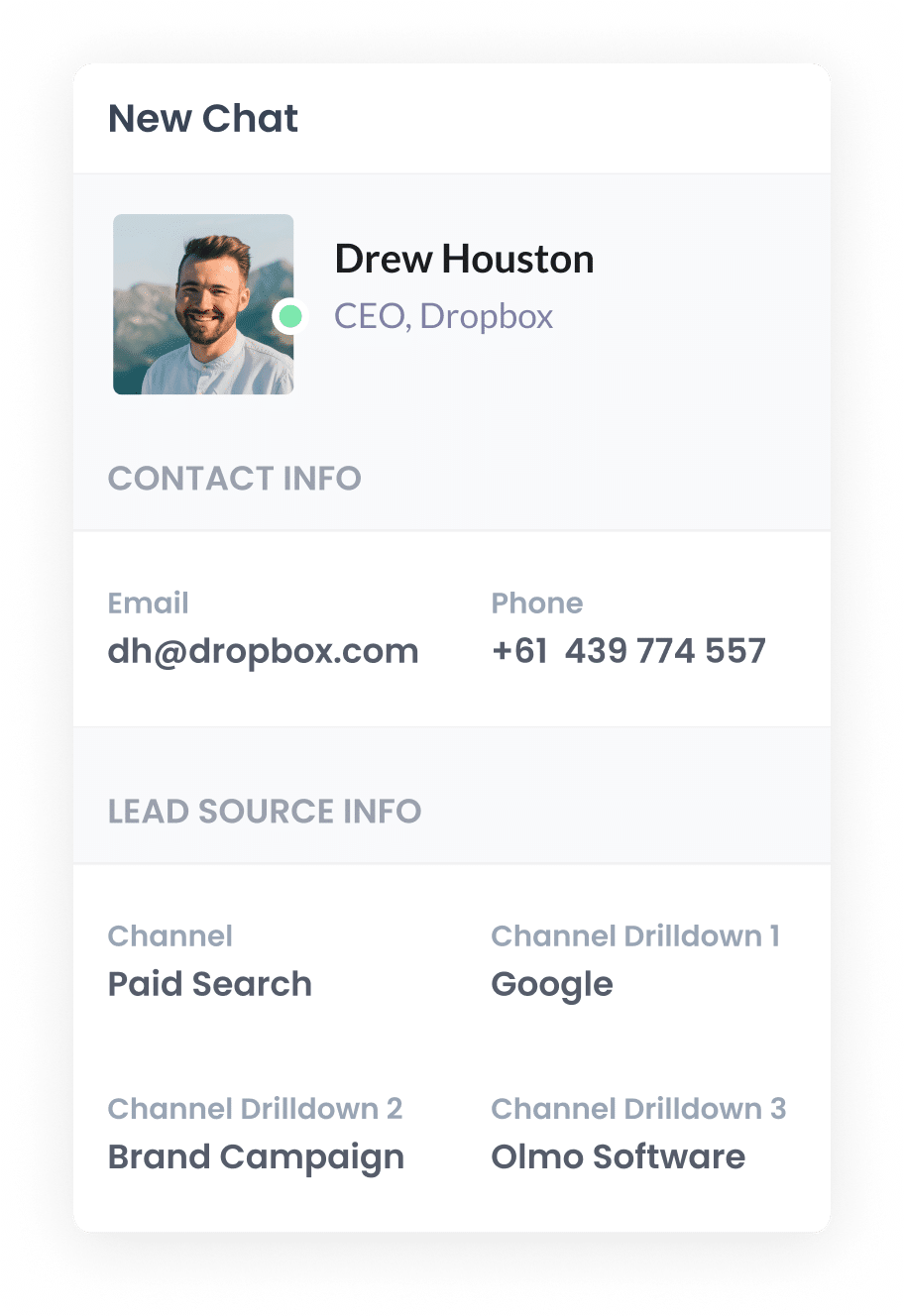
Once everything is up and running, Attributer will start tracking where your website visitors are coming from.
Then, when someone starts a chat through your Intercom widget, Attributer automatically passes along details about how they found your site.
For example, imagine you’re the marketing manager at a company that provides gym management software. You’re running a set of Google Ads campaigns, and someone clicks an ad and starts a chat. Depending on the UTM parameters you’ve added, Attributer would capture and send data like this:
- Channel: Paid Search
- Channel Drilldown 1: Google
- Channel Drilldown 2: Fitness App Campaign
- Channel Drilldown 3: Free Trial Ad
This gives you a clear view of which campaigns, platforms, and ads are driving leads through Intercom.
4. Google Ads data is captured by Intercom and can be sent to your CRM and other tools
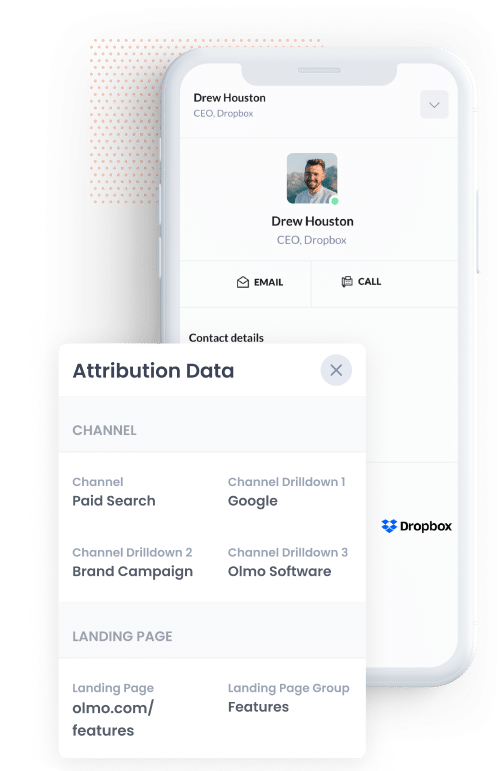
Once the data is captured in Intercom alongside each chat, you can use it in whatever way works best for your team.
For example, you could:
- View the attribution details directly alongside the chat in your Intercom account.
- Send the data to your CRM (such as Salesforce, HubSpot, or Pipedrive) and utilize its reporting features to create dashboards and charts that display the number of leads and customers your Google Ads are driving.
- Export it to a spreadsheet for a clean, filterable view, or connect it to tools like Google Data Studio for more advanced reporting and analysis.
This way, every chat becomes a data point you can act on to optimise marketing performance.
Why using Attributer is the best way to capture Google Ads data in Intercom
Here’s why Attributer is your best bet for capturing Google Ads data in Intercom:
1. Captures all traffic
Attributer doesn’t just track leads from Google Ads. It captures the source of every lead, no matter how they found your site.
Whether someone arrives via a Facebook Ad, an organic Google search, or a social media post, Attributer records where they came from and passes that information through when they start a chat in Intercom.
This gives you a complete view of all your leads and customers, helping you make smarter decisions about where to focus your marketing efforts and allocate your budget.
2. Remembers the data as visitors browse your site
A lot of tools forget where a visitor came from once they click around your site. Attributer doesn’t.
Say someone clicks an ad, lands on your homepage, browses a few pages, and then opens a chat in Intercom. Attributer still remembers their original source and passes it along.
This means you always know exactly which campaigns are bringing in your leads and customers.”
3. Captures landing page data as well
Attributer doesn’t just capture Google Ads data from your UTM parameters. It also records the very first page someone lands on, as well as the broader section of your site that page sits under.
For instance, if a visitor arrives on a page like fittrackpro.com/blog/best-gym-membership-management-software, Attributer will capture both the full URL and the landing page group (in this case, /blog).
With this information, you can easily run reports that answer questions like ‘How many leads have I generated from my blog?’ or ‘Which blog posts have generated the most customers?’
3 example reports you can run when you capture Google Ads data in Intercom
If you capture Google Ads data with each new chat that is started on your website, and you send it to your CRM or other tools, then you're able to run reports like these:
1. Leads by Channel
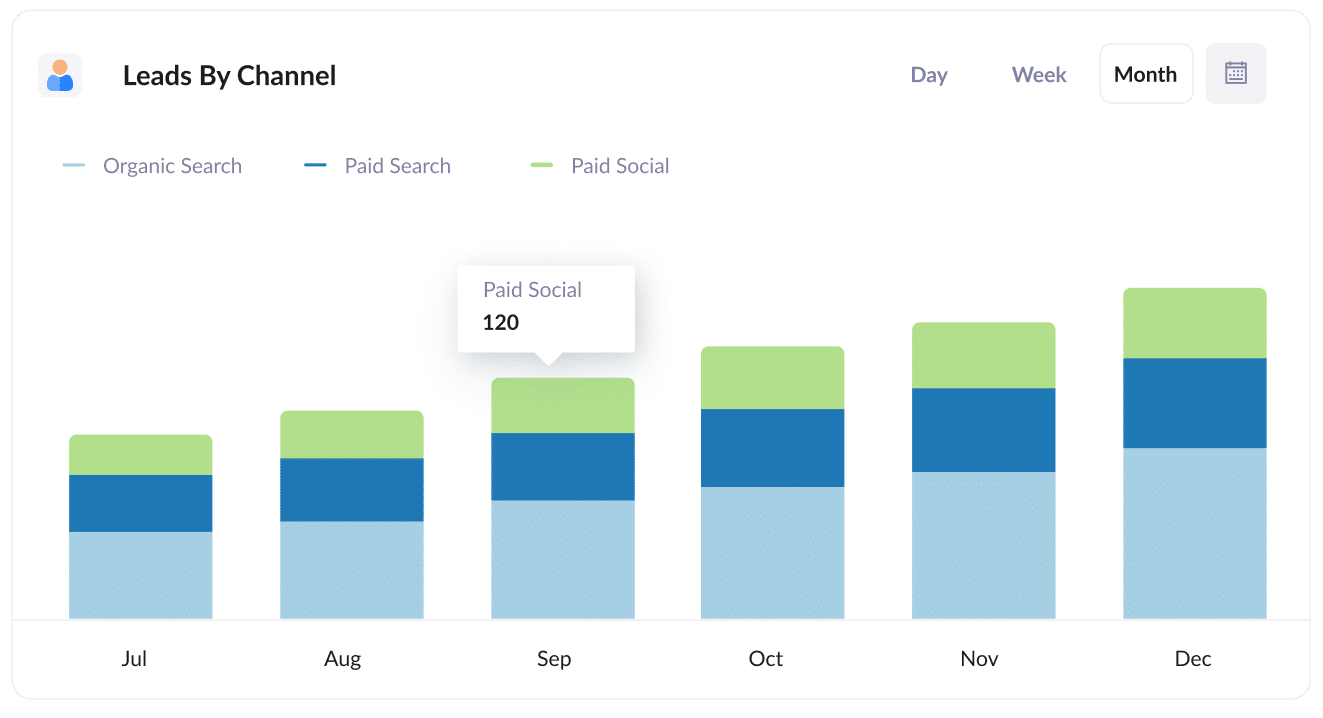
This report breaks down the number of leads you generate each month by marketing channel.
It’s an easy way to spot what’s working and identify areas that might need a rethink.
For example, if most of your leads are coming from Organic Search but most of your ad spend is going to Paid Search, this report can highlight that opportunity and you can move budget around accordingly (I.e., to invest more in SEO).
2. Customers by Google Ads campaign
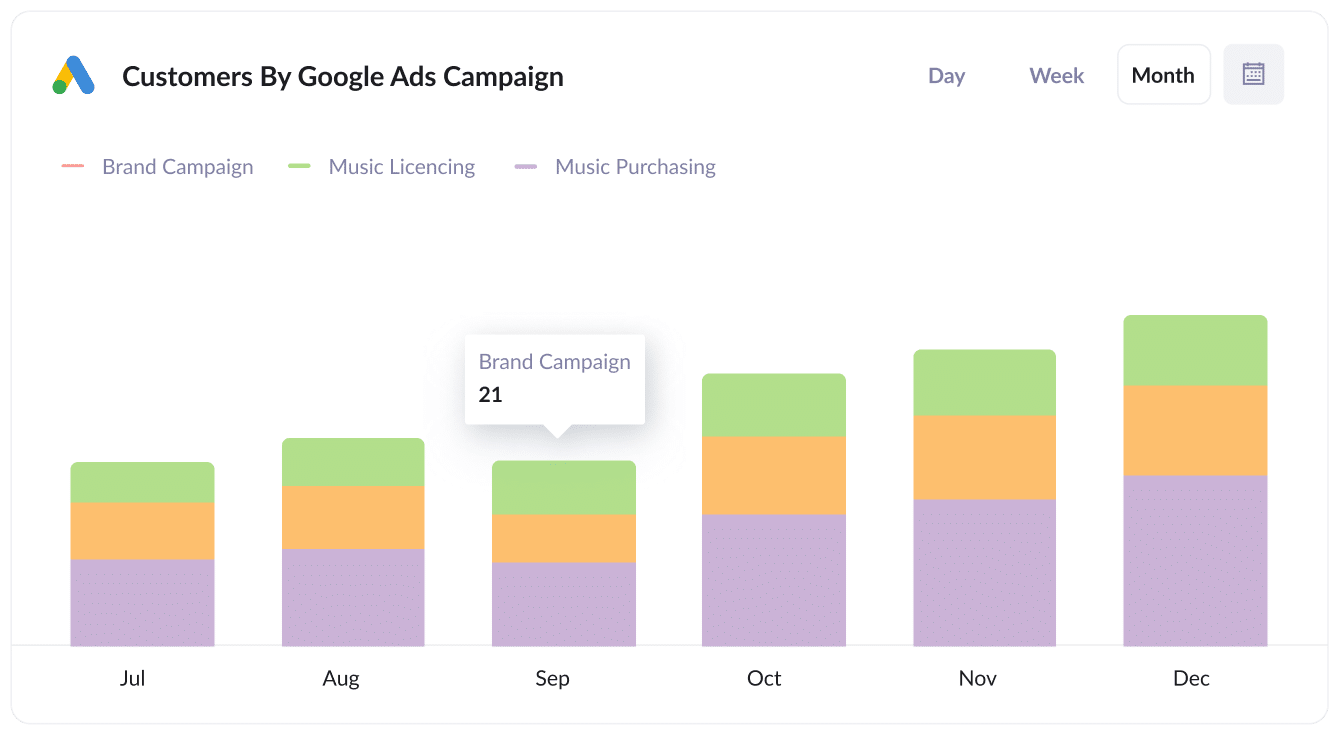
This chart breaks down your new customers each month by the specific Google Ads campaign that brought them in.
It lets you see which campaigns are truly driving paying customers, not just clicks or leads.
With this insight, you can double down on the campaigns that are performing and reduce spend on the ones that aren’t delivering.
3. Revenue by Keyword
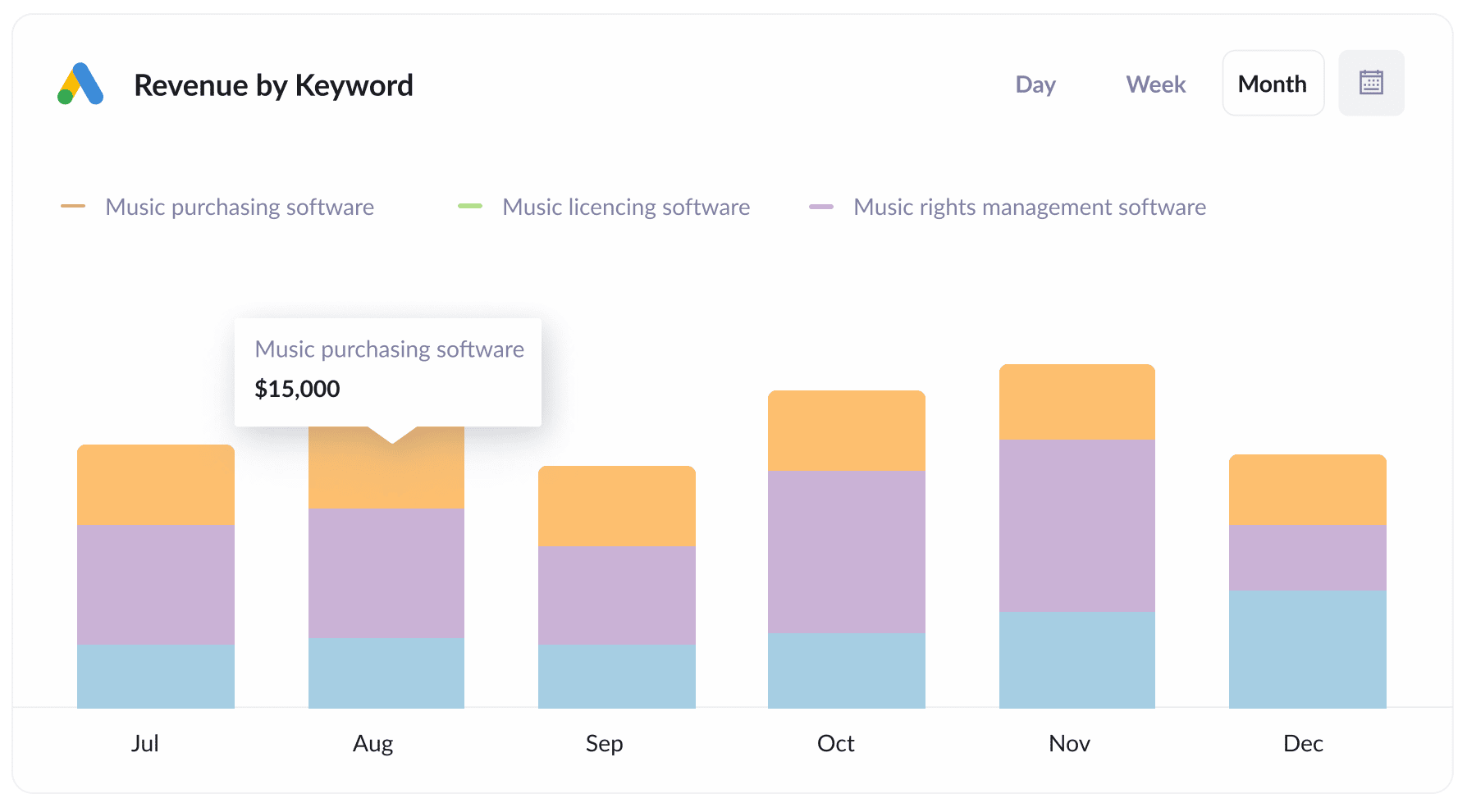
This report breaks down the revenue from new customers by the exact keyword that triggered their ad click.
It helps you identify which keywords aren’t just driving traffic, but are actually generating real revenue.
Armed with this data, you can invest more in the high-performing keywords and reduce spend on those that aren’t delivering strong returns.
How Attributer helped Qwilr track the source of all their leads and customers
Qwilr is an Australian software company that lets businesses create sales proposals as beautiful, interactive web pages instead of static PDFs.
They generate leads through a variety of channels: prospects can start a free trial, book a demo, start a chat on the website, register for a webinar, and more.
Before using Attributer, Qwilr had built a system to track free trial signups, but they couldn’t see where leads from demos, chats, webinars, or other actions were coming from.
That’s where Attributer came in.
With Attributer installed, Qwilr can now capture attribution data for every lead, no matter how they convert. In fact, they even replaced their old custom solution for tracking free trial signups with Attributer.
Having a complete view of lead sources has allowed Qwilr to optimise its marketing spend more effectively.
For example, they were running multiple types of Google Ads, including search, display and performance max campaigns. Initially, display and performance max campaigns seemed to be performing best because they were driving lots of traffic at a low cost.
But with Attributer, they discovered that few of those visitors were converting. It was actually their search campaigns that were generating the most leads and customers.
Armed with this insight, Qwilr shifted budget away from display and performance max campaigns and focused on search ads, resulting in more leads and customers at a lower acquisition cost.
“Attributer gives us clean, structured marketing attribution data across all our various lead sources. It’s helped us know what paid campaigns are working, how certain types of content perform, how our SEO efforts are tracking, and more”

Mark Tanner - Co-Founder & Chief Revenue Officer
Wrap up
If you want a clear picture of how many leads and customers your Google Ads are generating, Attributer could be the perfect solution.
And it’s not just limited to Google Ads. Attributer also passes through attribution information on leads coming from Facebook Ads, organic search, social media posts, and more. That way, you get a full view of where all your leads and customers are really coming from.
The best part? Getting started is simple. With a 14-day free trial and a setup that usually takes less than 10 minutes, it's quick and easy to get going. Try it out today!
Get Started For Free
Start your 14-day free trial of Attributer today!

About the Author
Aaron Beashel is the founder of Attributer and has over 15 years of experience in marketing & analytics. He is a recognized expert in the subject and has written articles for leading websites such as Hubspot, Zapier, Search Engine Journal, Buffer, Unbounce & more. Learn more about Aaron here.
